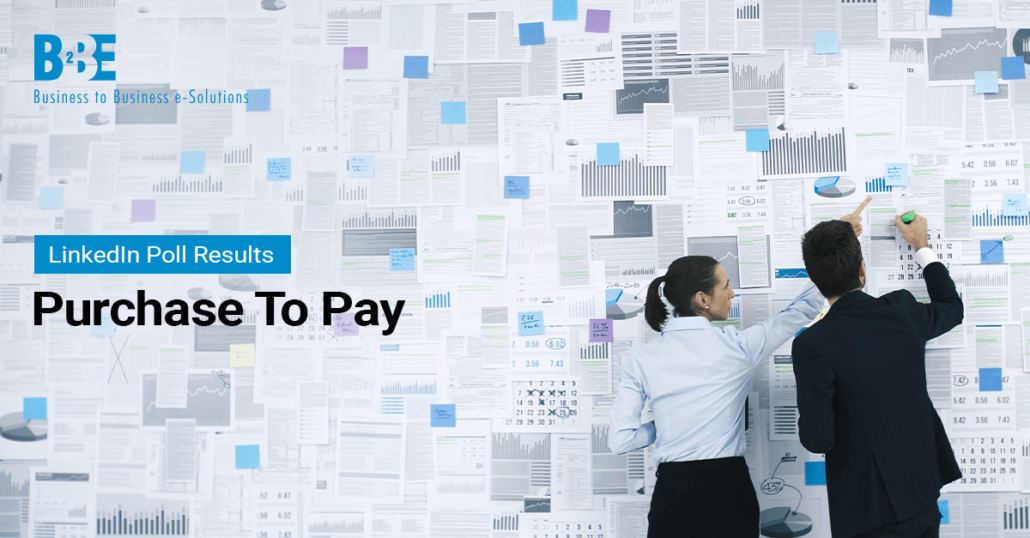Efficient purchase to pay (P2P) processes ensure that businesses can manage their expenditures, maintain healthy supplier relationships, and streamline their financial workflows. It is important to look into which practices can actually benefit the business in the long run.
Poll results
In our most recent LinkedIn poll, we asked our followers how they optimise their purchase to pay process.
How do you optimise your Purchase to Pay process?
To optimise the purchase to pay process in your organisation, consider the following strategies:
- Tracking KPIs
- Investing in automation
- Regular employee training
- Andere
Tracking KPIs
78% of respondents indicated that tracking Key Performance Indicators (KPIs) is the most effective way to optimise the purchase to pay process. KPIs are measurable values that help organisations evaluate their success in achieving key business objectives. In the context of P2P, relevant KPIs might include cycle time, cost per invoice, payment accuracy, and supplier performance. By regularly monitoring these KPIs, businesses can identify inefficiencies, track progress, and make data-driven decisions to enhance their P2P processes. Implementing a robust KPI tracking system enables businesses to gain valuable insights, set performance benchmarks, and continuously improve their procurement and payment activities.
Investing in automation
According to 11% of respondents, investing in automation is a significant strategy for optimising the P2P process. Automation technologies, such as electronic invoicing, automated approval workflows, and procurement software, can drastically reduce manual intervention and minimise errors. These tools streamline the entire purchase to pay cycle, from purchase order creation and approval to invoice processing and payment. By automating repetitive tasks, businesses can achieve faster processing times, lower operational costs, and improve overall efficiency. Additionally, automation provides greater visibility and control over the P2P process. It enables organisations to manage their cash flow better and maintain compliance with regulatory requirements.
Regular employee training
Interestingly, none of the respondents (0%) identified regular employee training as a key method for optimising the purchase to pay process. However, employee training is a crucial aspect that should not be overlooked. Well-trained employees are better equipped to handle P2P tasks efficiently and accurately. Training programs can help staff understand best practices, use new technologies effectively, and stay updated on industry trends and regulatory changes. While automation and KPIs provide significant benefits, the human element remains essential for managing exceptions, handling complex transactions, and ensuring a smooth P2P process. Organisations should consider integrating regular training sessions to complement their optimisation strategies.
Andere
Another 11% of respondents chose “other” as their method for optimising the purchase to pay process, indicating the use of diverse and tailored strategies. These could include implementing supplier collaboration platforms, adopting just-in-time inventory practices, or enhancing supplier relationship management. Each businesses has unique requirements and challenges, and optimising the P2P process often involves a combination of approaches. By understanding their specific needs and leveraging a mix of strategies, businesses can create a more flexible and resilient P2P system that adapts to changing market conditions and business priorities.
Learn more about B2BE’s Purchase to Pay solutions.
More information
B2BE’s experience in the supply chain sector allows our customers to build, expand and adapt successfully, enabling greater effectiveness. To engage with B2BE and offer feedback on what matters most to you and your business, make sure to follow us on LinkedIn and across social media. You can also vote in our latest LinkedIn poll. If you’d like to discuss your supply chain strategy, get in touch with us.

